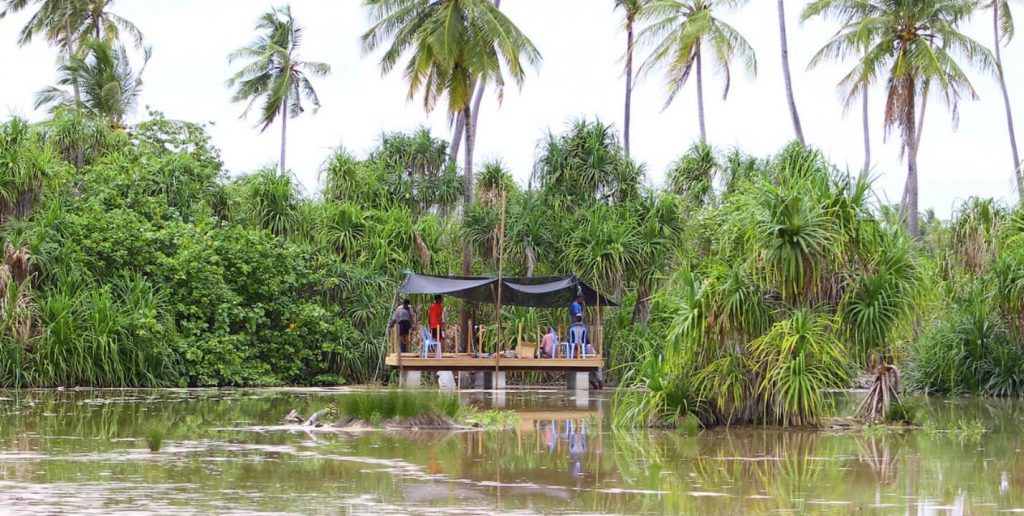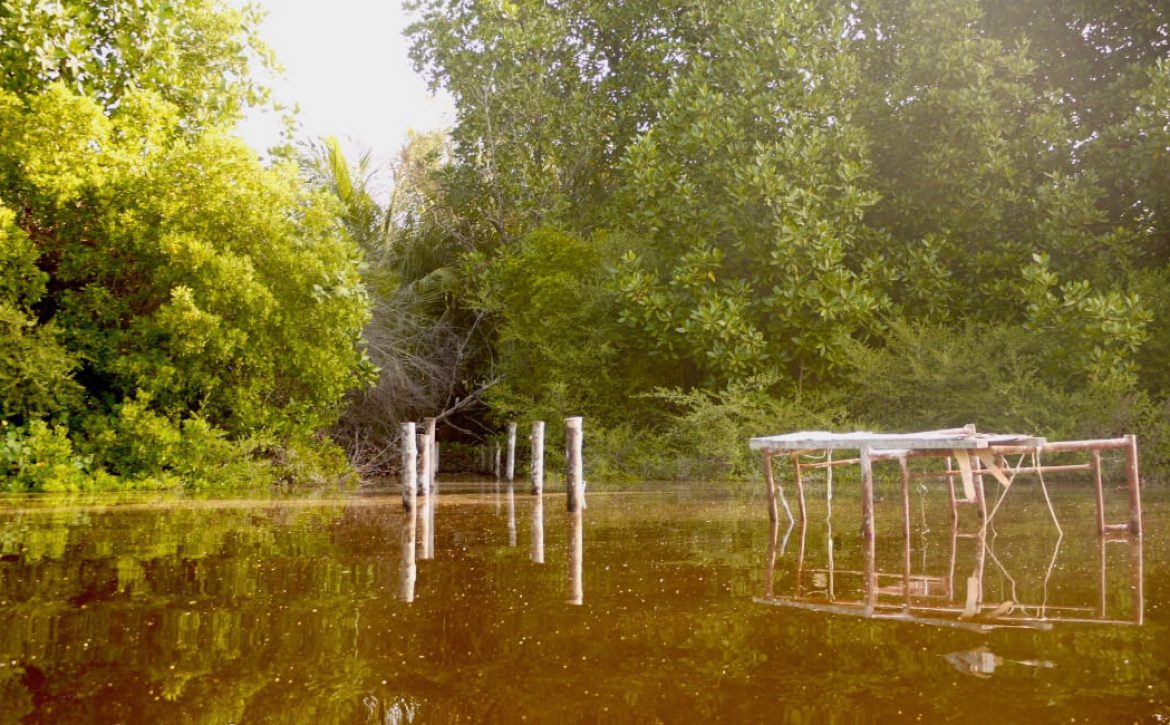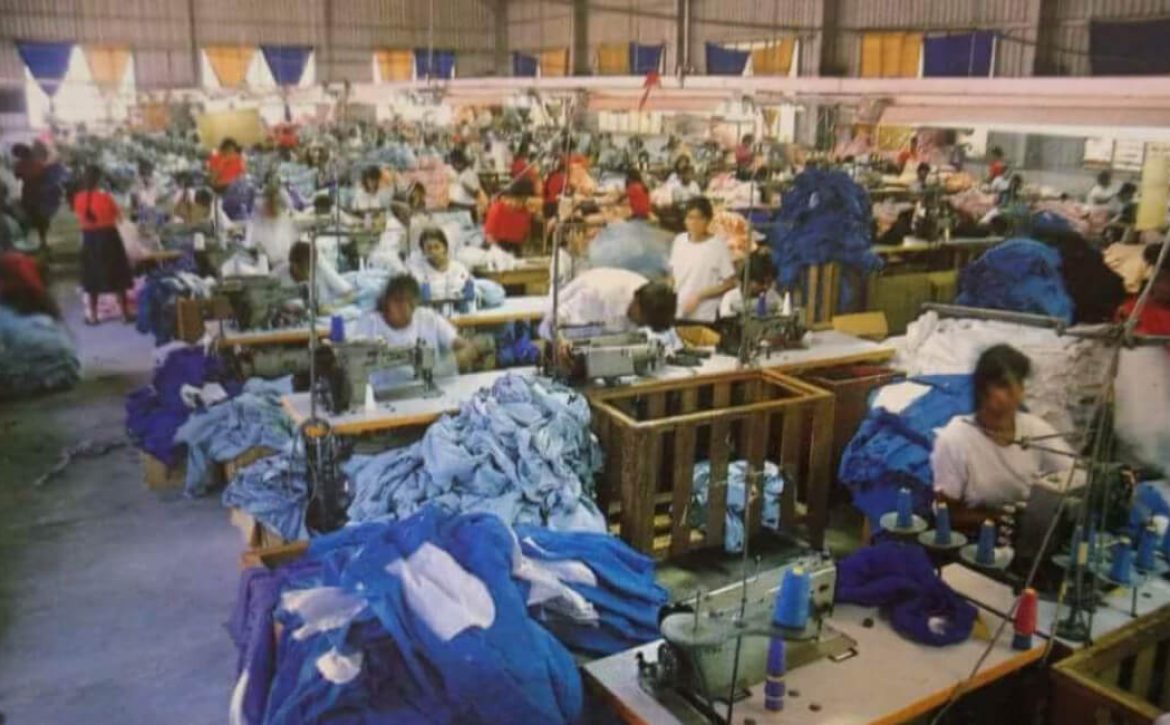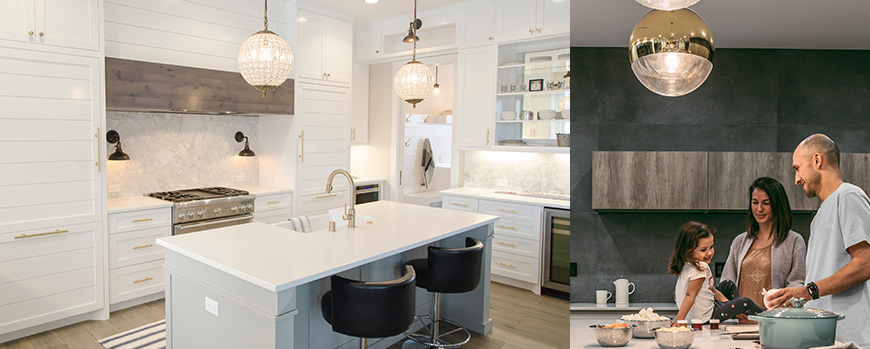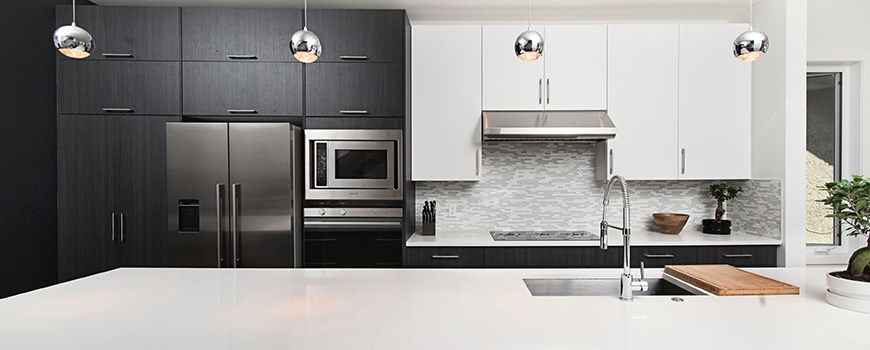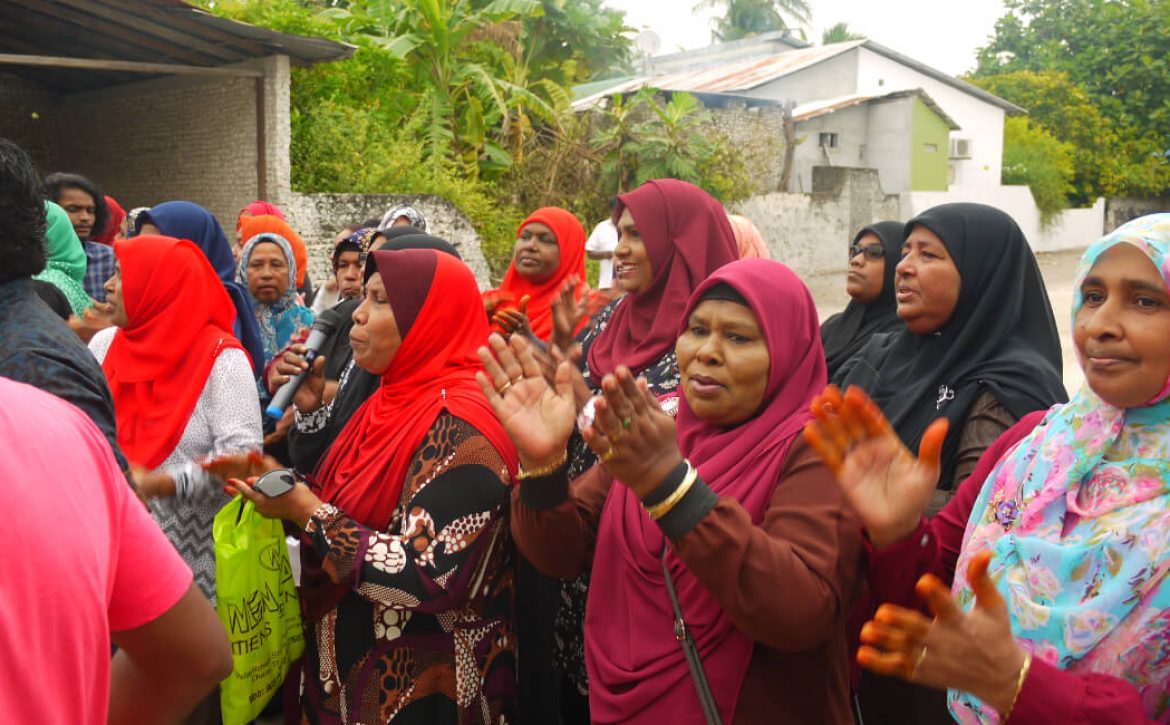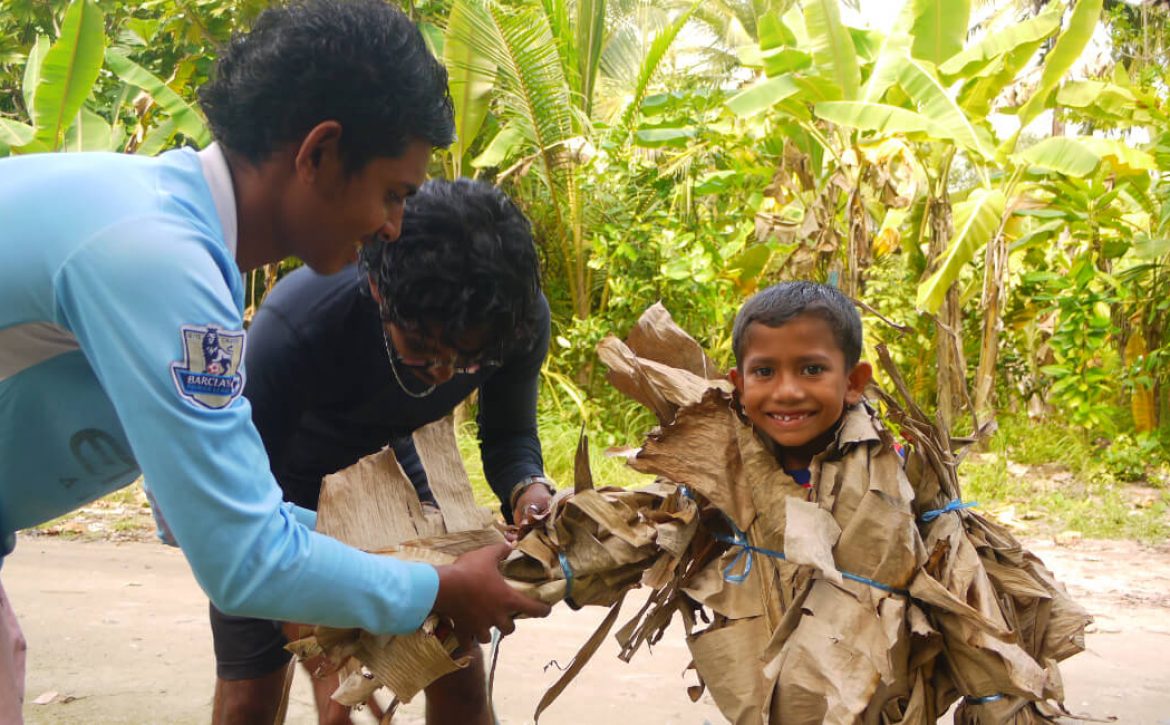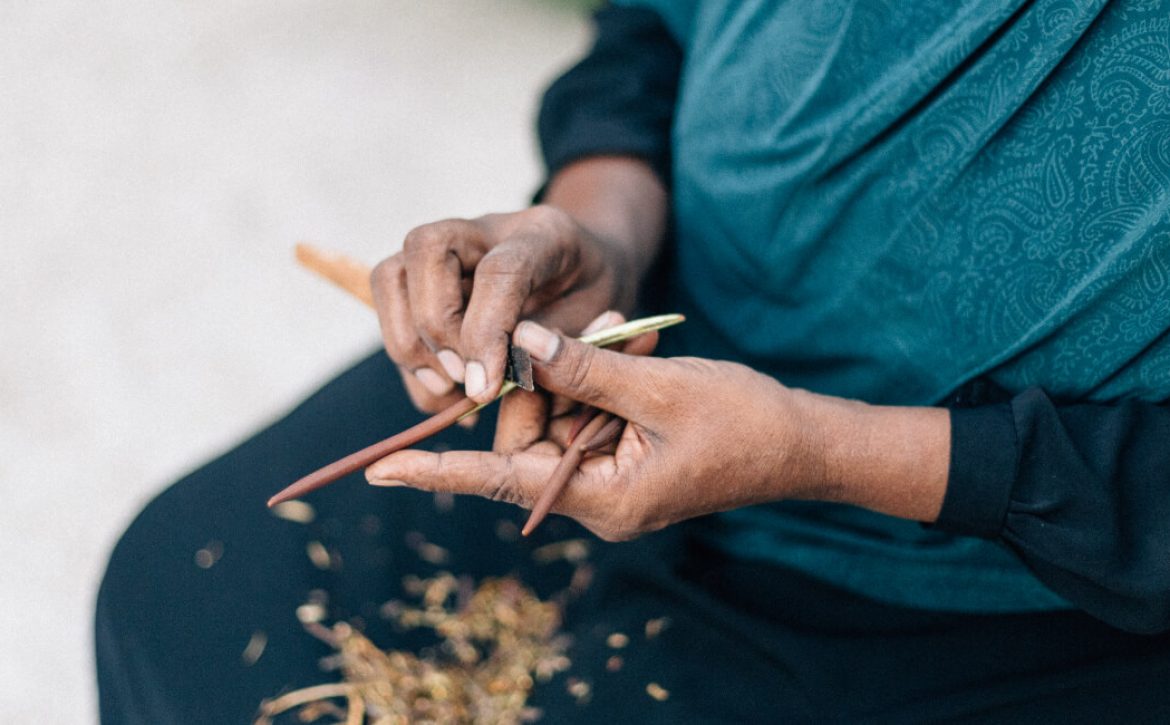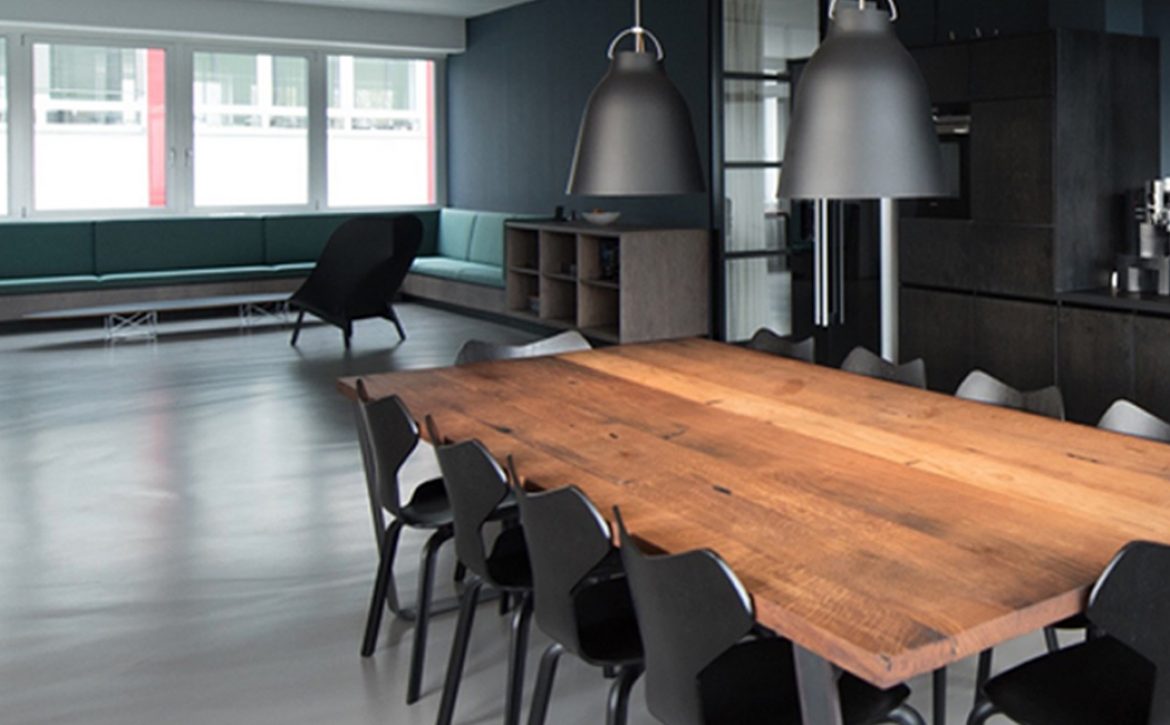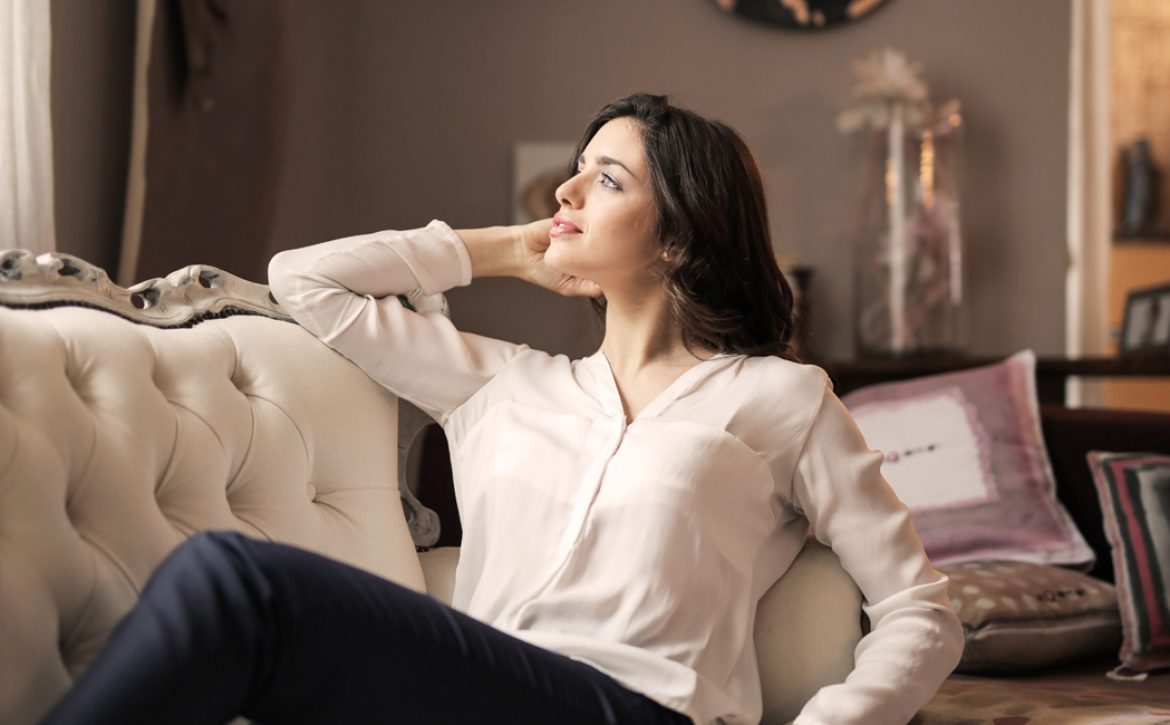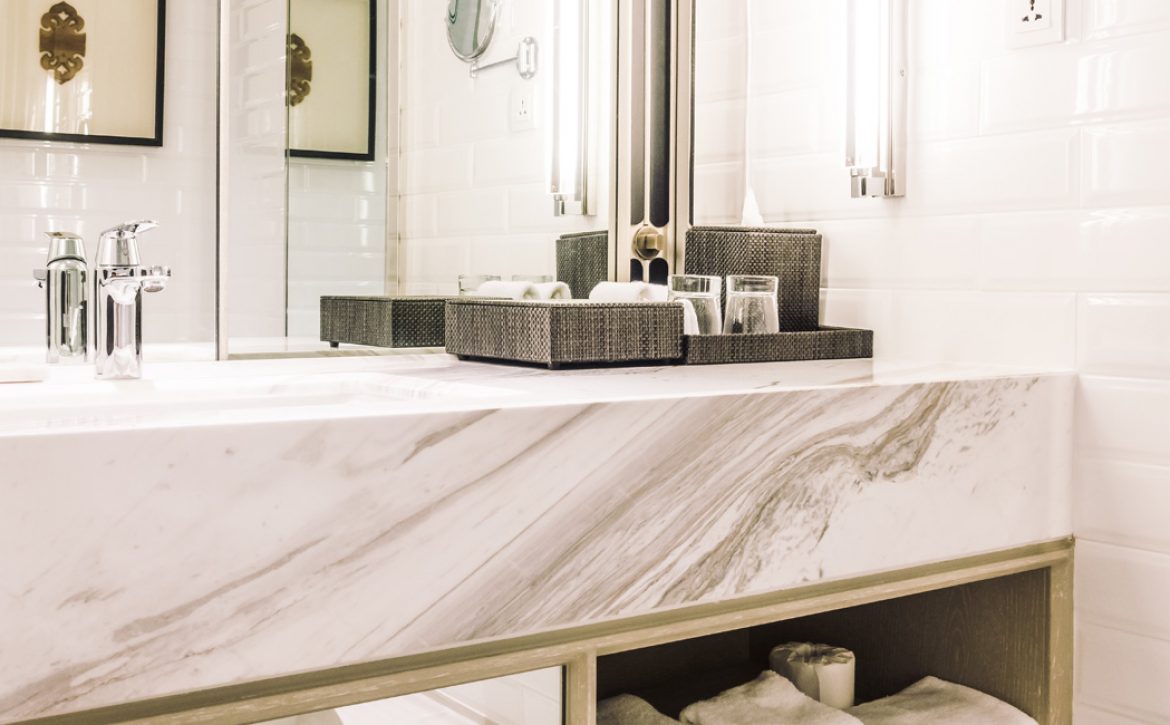I
in 1985 she was 18 years old and fresh out of grade seven in Nooraanee School, the highest level of schooling that could be received in S. Hithadhoo at the time. Her father, a carpenter for the Addu Development Authority (ADA), announced that she was to start working at the Silverline Garment Factory in Gan as an administrative assistant. The factories were owned by companies in Hong Kong, and operated in partnership with STO. This was the extent of her knowledge of her new workplace.
Father’s decisions were rarely subject to protest, and her own reluctance was expressed only through stony silences, a refusal to be excited, and making up her mind to never pack meals to eat at the mess halls.
And so it began. Four am wake-up calls, bleary eyes, and steaming breakfasts put in front of her by her mother. She would watch as her ever-disciplined father left the house at 4:30 am to catch the earliest STO bus to Gan from Hithadhoo. Clockwork. She took her time, neat plaits, every crease in her dresses smoothed out, her face set in a determined pokerface.
On the days she woke up early enough, she would catch a ride to Gan with her father in a largely empty bus. She would let her thoughts flow and relax, the early bus being far less traumatizing during the bumpy 45 minute ride to Gan. She avoided the 6:30 bus like the plaque. The 30 person seater would usually get packed with 70. The unfortunate days where she had to catch it were etched into her memories in flashes of armpits, sweat, and no breathing space. Sardines.
The causeway between Feydhoo and Gan was put together with big blocks of rock with a layer of sand on top. Some days the bus would get to the edge of Feydhoo to find that the tide and waves had dislodged the rocks and washed away the sand. Days like that, the bus would stall while the passengers helped to re-align the causeway and put more sand on top, hoping for a smooth ride. Of course, she never got off the bus for that and would peer out the glass to see the action.
At 7:25 am, a bell would sound to signal 5 minutes till reporting time to punch in the attendance card. She’d watch from her perch in the air conditioned office as workers of all ages rushed from the yard and buses to hurriedly get their time stamp on. She was usually at Gan by 6:45 am, punched in well ahead of time and would not occupy her time in the fruitless pursuits of gossiping and flirting, thank you very much.
When the bell sounded the young women and men would run giggling in, startled from their lovestruck gazes, whispered flirty exchanges, and stolen kisses in select nooks. They would cluster into the hall, some brazenly holding hands and flirting, while others looked on to witness a form of courage they did not have (or sometimes approve of).
One wall of the hall was lined with punch cards of every employee at the factory. They were rectangular cards about 15 cm long, with the employee’s name, ID number and section printed at the top. One side of the card had the first 15 days of the month, and the other side the rest.
She knew all these details because she was the one who made them. At first she would stamp the ID number of every employee on their card before settling down at the typewriter and typing in their names and other details. Once she was done with that, she’d organize them by section and put them in rubber bands, ready to be handed over to the security in charge of guarding the punch card wall.
Every day, once the employees punched their cards in, she would go through them to identify who showed up to work and who didn’t. And then, on a great big board which was prominently displayed to everyone, she would update the daily statistics section wise, with the total number of people in each section, present employees, absentees, those that were on leave and sick leave.




